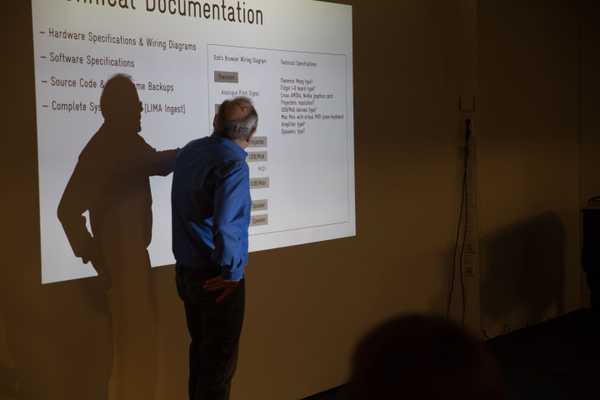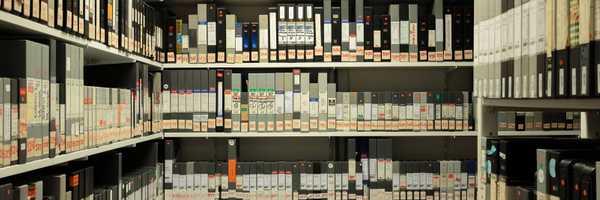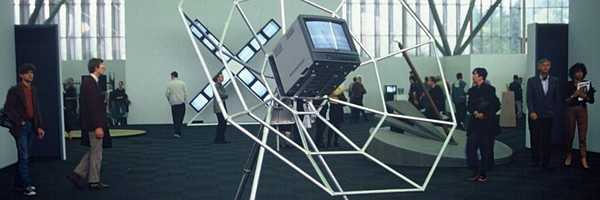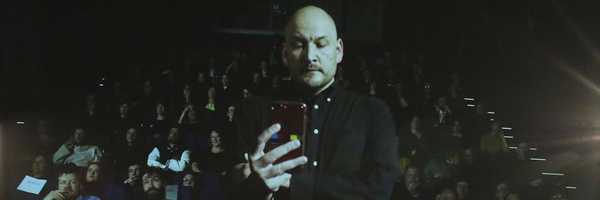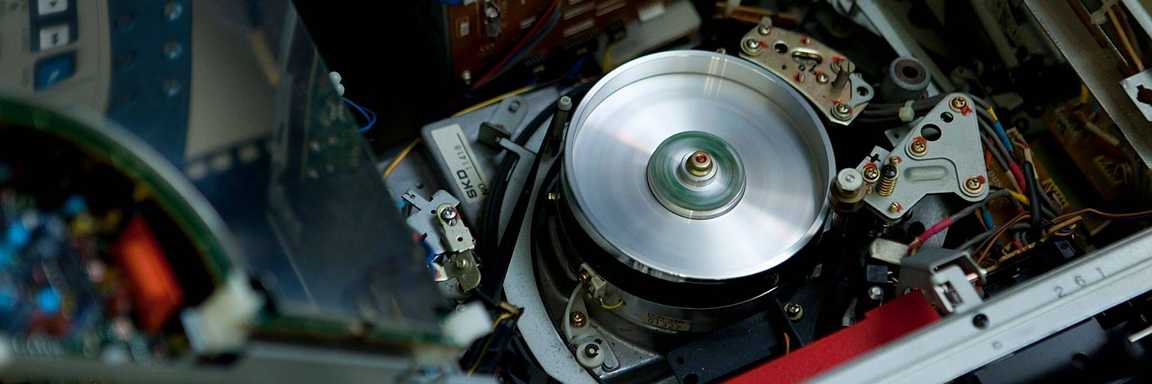
Migration, Emulation, Digitisation
Read more about the three main methods of media art preservation
LI-MA is an expert in the field of media art preservation. Due to rapid changes in technology, media artworks require a proactive conservation approach that differs from other conservation disciplines. This includes documentation, digitisation, migration, virtualisation and emulation in order to safeguard these vulnerable works.
In order to preserve media art LI-MA utilises a number of conservation approaches. LI-MA assesses each media artwork based on its specific conservation needs and advises the method that best suits that particular work. The conservation methods most used in LI-MA's practice are storage, migration, virtualisation, documentation and reinterpretation. For particular projects and research we also foster emulation and reinterpretation.
The preservation of media art entails a different mindset than in other fields of preservation. Where there are of course similarities regarding the preservation of audiovisual and film works, these often involve a uniform approach which is not possible with the variations in characteristics between media artworks. Due to its necessity for a case-specific approach, media art preservation might be deemed closer to the conservation of conceptual and performance art.
Anticipating Change in Complex Digital Artworks
LI-MA is anticipating change and therefore works to provide treatments that address the needs of each individual work. With our case-based method and collaborative practice we also develop good practice to store and monitor new formats such as VR, Netart and NFTs.
When we use the term software-based artwork, we mean that software is its primary artistic medium. These works form complex systems of hardware, commercial and custom software, and various interfaces and can include response to activities or engagement.
When preserving software works or other complex digital artwork LI-MA creates a high quality disk image and stores it together with any other components on LTO data tape.
A disk image is “a digital representation of what would traditionally have been the contents of a physical disk drive. The actual data content of a disk image is identical whether it is stored as a raw disk image file or on a physical drive.” (Ensom, 2018)
Disk images can also be created with an emulation or virtualization platform, installing an operating system and then the artwork software and required libraries. Besides this we store the source code in Gitlab for research purposes and take over the work’s hosting, if necessary. In combination with this LI-MA encourages artists and collections to make documentation of their media works. This documentation encompasses the specific characteristics of these types of works including their concept, functionality and dependencies, compiled where possible with the artist’s input. Following these steps, for as long as LI-MA manages the artwork, we also monitor it so that it remains accessible and available. Online artworks, especially, are a focus of LI-MA’s and have their own service: ArtHost. ArtHost has been constructed with artistic websites in mind, addressing their need for constant care and extensive documentation.
Conservation Strategies
The conservation strategies most used in LI-MA's daily practice are storage, migration, digitisation, emulation, virtualisation and documentation. For particular projects and research we also foster reinterpretation.
Migration
Migration is a process that is inseparably connected to digitisation. It entails the modification or rewriting of the source material in order to maintain and run the original work on a new platform and is employed especially when formats become obsolete. This could for example include the digitisation of analog video, which is its migration to digital video, but could also include transferring data from DVDs, and CD-Roms to more accessible formats. When migrating LI-MA chooses for what is currently the most stable and ubiquitous.
Digitisation
Digitisation is the process of converting the analog signal to a digital one and is necessary to make analog video sustainably available for the future. The process of digitisation is most successful uncompressed and lossless, thereby no information or quality is lost in the process. At LI-MA, we digitise to a format of 10 bit uncompressed AVI, with other formats available on demand. The digitised analog video becomes the archival submaster forming an unaltered source material for the future. From the submaster can be made any number of other digital derivatives, for instance stills and MP4 (H264) format for either online or physical presentation.

Jan Robert Leegte - Scrollbar Composition, 2000. Emulated on three different browsers and operating systems. Foto by Pieter Kers
Emulation and Virtualisation
Emulation and virtualisation offer a potential preservation strategy for software-based artworks by removing the artwork's dependencies on ephemeral physical computer hardware, which is prone to a short digital life-cycle. An alternative way to run the software, that is not dependent on the original hardware will be created. Emulation can be seen as the antithesis of migration in that it does not alter the source material itself but imitates the software and hardware surroundings of an artwork in order to make it function as it did before.
Whereas migration changes the technical make-up of a file, emulation mimics the look and feel of an artwork as close to the original as possible. CD-Roms, especially those created on Apple computers in the 1990's, are a good example of a format that is in need of emulation. By emulating the software necessary to run these CD-ROMs, which in this case would be the Mac OS 9 operating system, these CD-Roms can be viewed and enjoyed in the way that they were intended. This is an approach that LI-MA only uses in specific instances.
Virtualisation needs to: run the artwork’s software in a form as similar as possible to the original hardware/software combination. maintain the significant properties of the artwork unchanged – support the use of the different peripherals that are required to display the work in the form devised by the artist. By having a virtualised version we may either be able to run the software from the virtualisation or we can use the virtualised version to compare any new versions made and ensure that the significant properties are the same.
How to sustain
LI-MA has been preserving media artworks since the early nineties in collaboration with museums, artists and the Foundation for the Preservation of Contemporary Art. We sustain (part of) the media art collections of more than 50 Dutch institutions, corporate and private collections, such as the Stedelijk Museum Amsterdam, RCE, Centraal Museum, KRC, Rabobank, Collectie Sanders, Museum Boijmans van Beuningen, Bonnefanten Museum and the Van Abbe Museum. These and other organisations trust and rely on our expertise and attention to details when it comes to preserving their collections.
The sustainability workflow at LI-MA starts by clarifying the volume, status and formats to be preserved as well as where the artwork will be ultimately stored. In this process the technical quality of the source material, contacting the artists, the time in which the process will be finished and a cost estimation will be made. All works get first a checksum and then a quality check. After the technical quality of the work is approved all metadata is registered and works are migrated to a sustainable format. The resulting file is from now on seen as the archival submaster from which derivatives can be created. The archival submaster is stored on a double set of LTO 8 data tapes and periodically monitored for change.
If you are interested in sustaining your collection or if you would like to know more about digitalisation, migration or emulation, please reach out using the contact form below.


